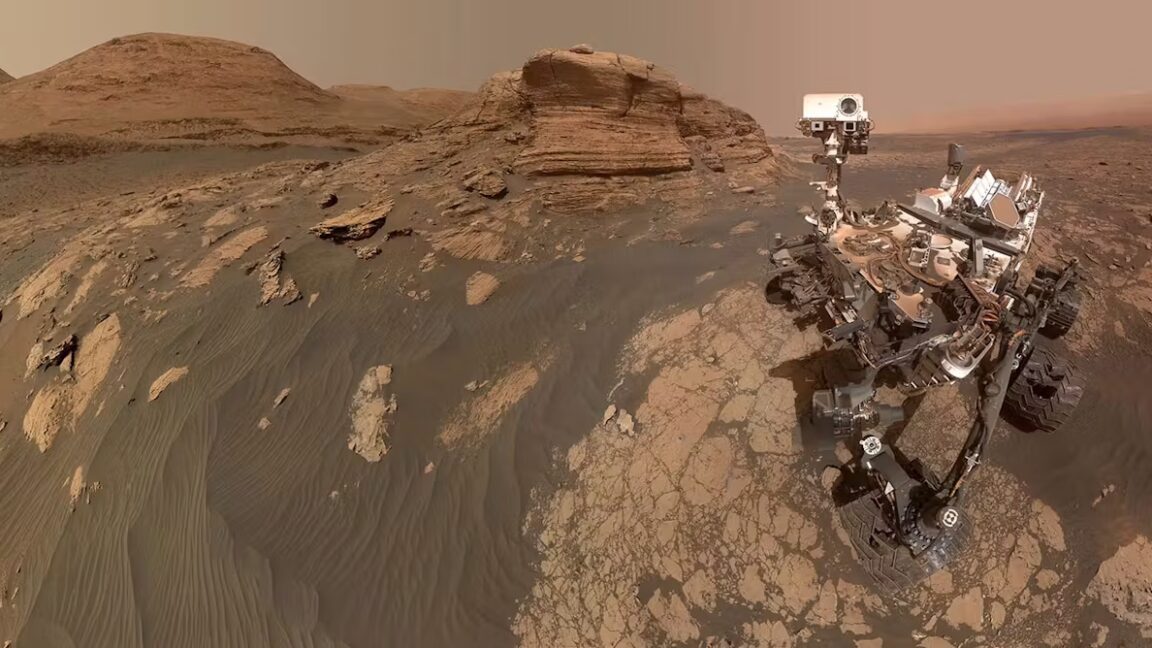Get the latest tech news
Curiosity Rover Finds Hints of a Carbon Cycle on Ancient Mars
Billions of years ago Mars "had a warm, habitable climate with liquid water in lakes and flowing rivers," writes Ars Technica. But "In order for Mars to be warm enough to host liquid water, there must have been a lot of carbon dioxide in the atmosphere," says Benjamin Tutolo, a researcher at the U...
Billions of years ago Mars "had a warm, habitable climate with liquid water in lakes and flowing rivers," writes Ars Technica.But "In order for Mars to be warm enough to host liquid water, there must have been a lot of carbon dioxide in the atmosphere," says Benjamin Tutolo, a researcher at the University of Calgary. "To get the most bang for the buck, NASA decided to send it to the place on Mars called the Gale Crater, because it was the tallest stack of sediments on the planet," Tutolo says. The idea then was to climb up Mount Sharp and collect samples from later and later geological periods at increasing elevations, tracing the history of habitability and the great drying up of Mars.
Or read this on Slashdot
